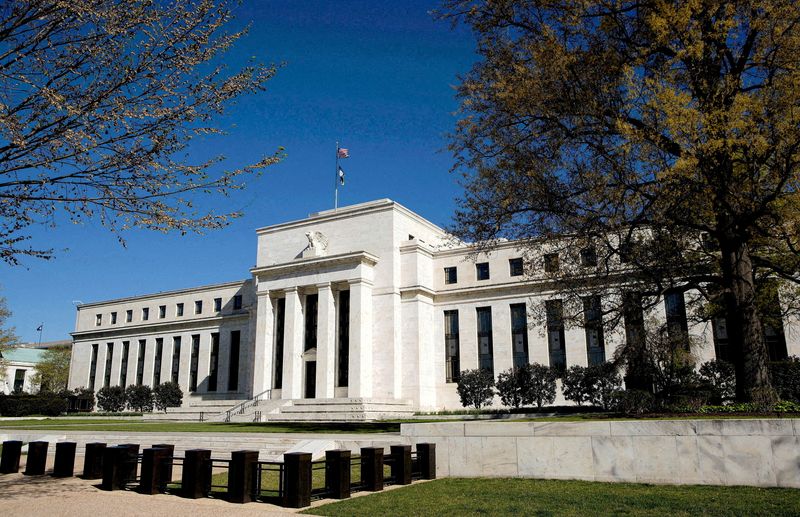The recent economic indicators suggest a favorable environment for potential interest rate reductions by the Federal Reserve. A report released indicated that producer prices remained unchanged from the previous month, a sign that inflation is stabilizing and aligning with the Federal Reserve’s target. This development strengthens the argument for quarter-point cuts to interest rates at upcoming Fed meetings, as maintaining a stable inflation rate is crucial for monetary policy. Current forecasts from futures contracts indicate a minimal likelihood of the Fed maintaining its target for short-term borrowing costs within the existing range of 4.75%-5.00% during its upcoming November meeting.
Market expectations reflect a significant shift towards rate cuts, with futures contracts suggesting a limited 15% chance that the current rates will remain unchanged. The majority of traders appear to be positioning for reductions in the final two policy meetings of 2023, with anticipations of further cuts extending into 2025. The projected target rate could potentially decrease to a range of 3.50%-3.75% by mid-next year, showing confidence among market participants that the Fed will act decisively in response to the evolving economic landscape.
Continued observation of inflation metrics is critical for the Fed’s decision-making process. The unchanged producer prices provide reassurance about the stability of prices in the economy, which could lead the Fed to prioritize growth and employment by easing borrowing costs. Lower interest rates may stimulate economic activity by encouraging consumer spending and business investments, further supporting the economy’s recovery and expansion.
As the Fed weighs its options, it must consider the broader economic implications of its monetary policy adjustments. An interest rate cut could provide immediate relief for borrowers but might raise questions about the economic resilience going forward. The Fed’s dual mandate of promoting maximum employment and stabilizing prices necessitates a careful balance to foster sustainable economic growth without triggering inflationary pressures.
Market analysts will be closely monitoring the Fed’s upcoming communications and any further economic data released in the weeks leading up to the November meeting. This will offer additional insights into whether sustained trends reflect a more permanent shift in inflation dynamics or if they are a temporary fluctuation. The Fed’s decision will likely be influenced by these evolving conditions, alongside its commitment to transparency and its historical precedent for fostering economic stability.
In summary, the Federal Reserve’s path concerning interest rates appears poised for potential cuts, supported by stable producer prices and low inflation signals. With market futures predicting a clear move towards lower rates over the upcoming meetings, it is critical for the Fed to assess the broader economic context while considering the long-term effects of its monetary policy decisions. Ultimately, the upcoming meetings will be defining moments for the Fed and the U.S. economy, with implications that extend well beyond immediate economic conditions.

